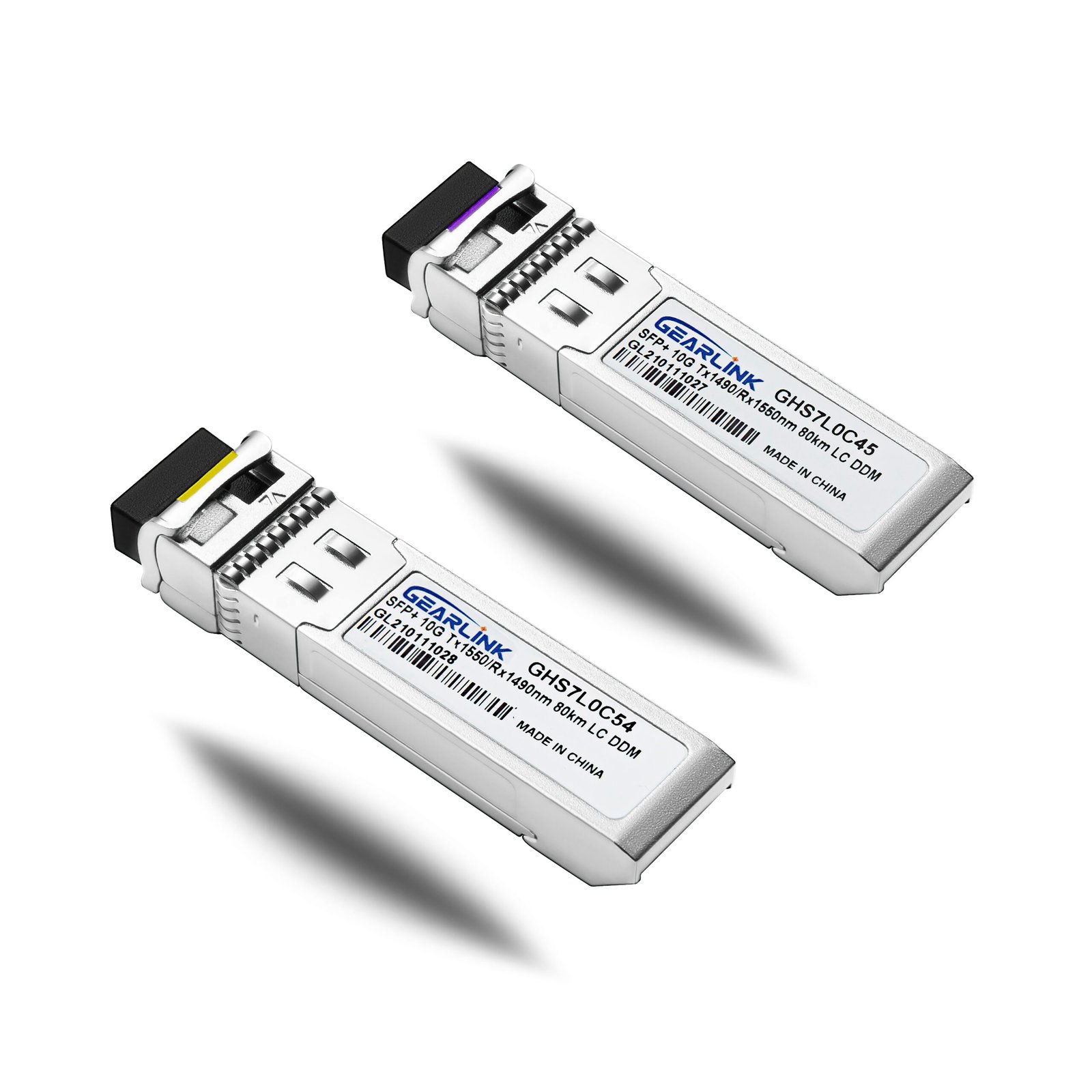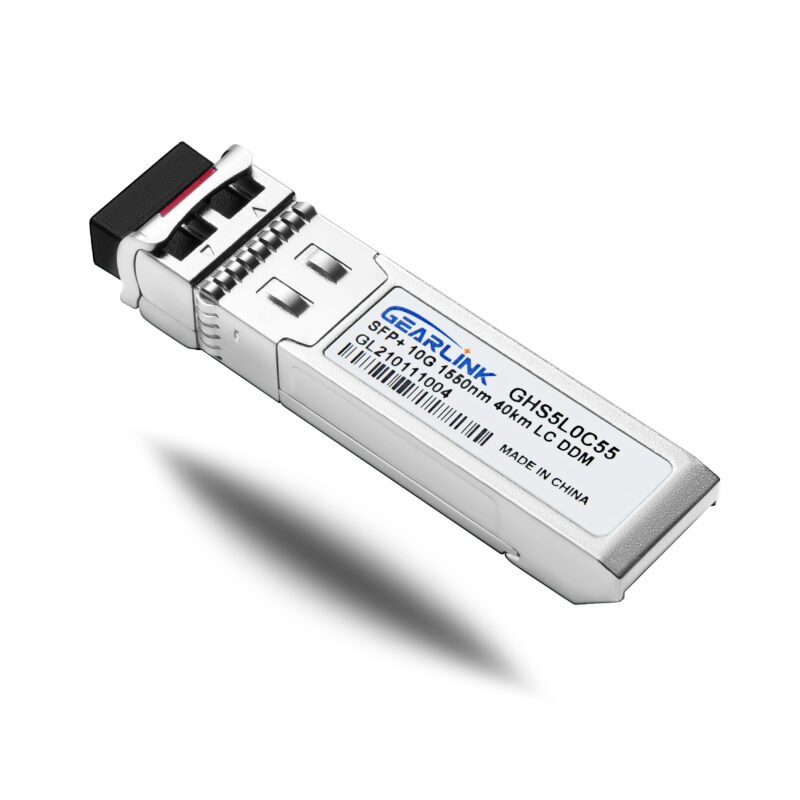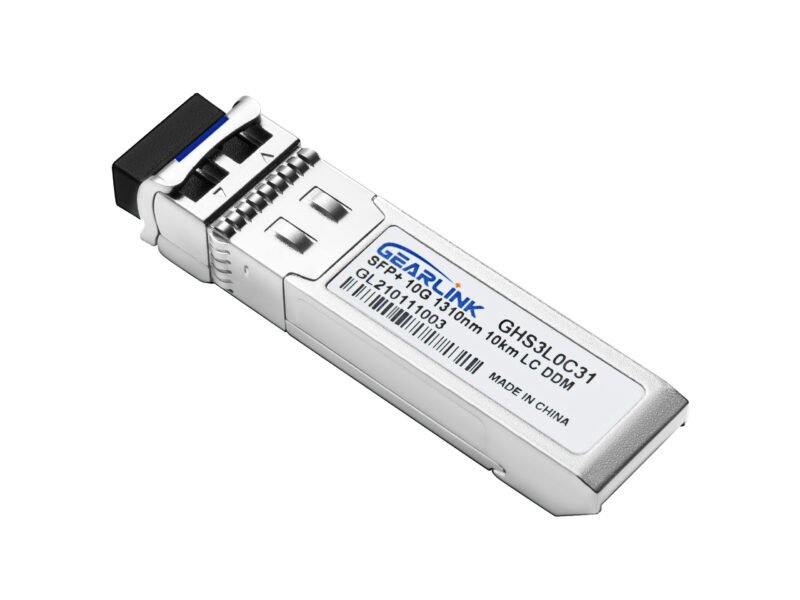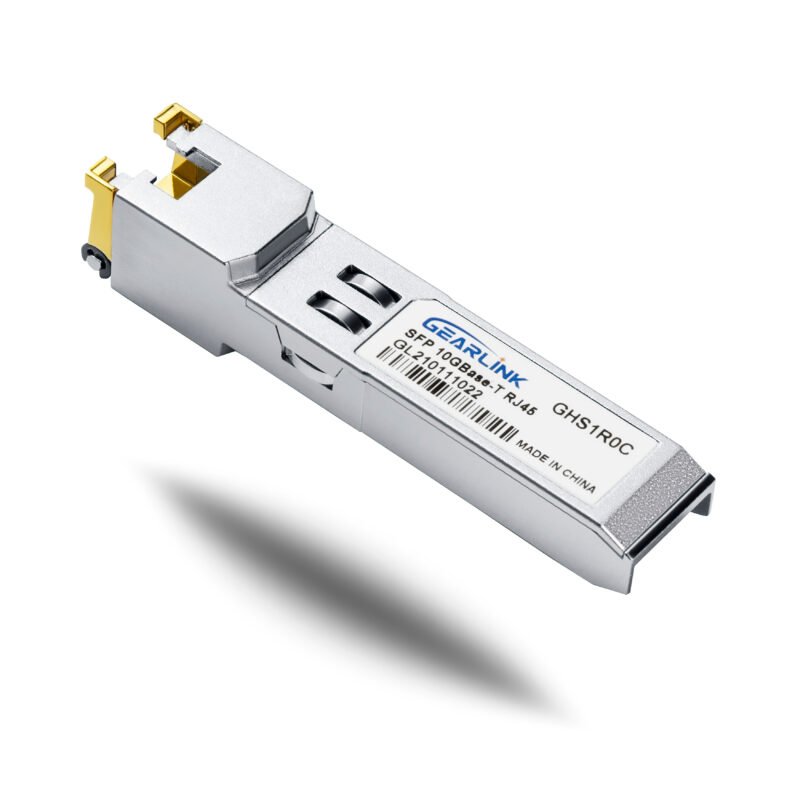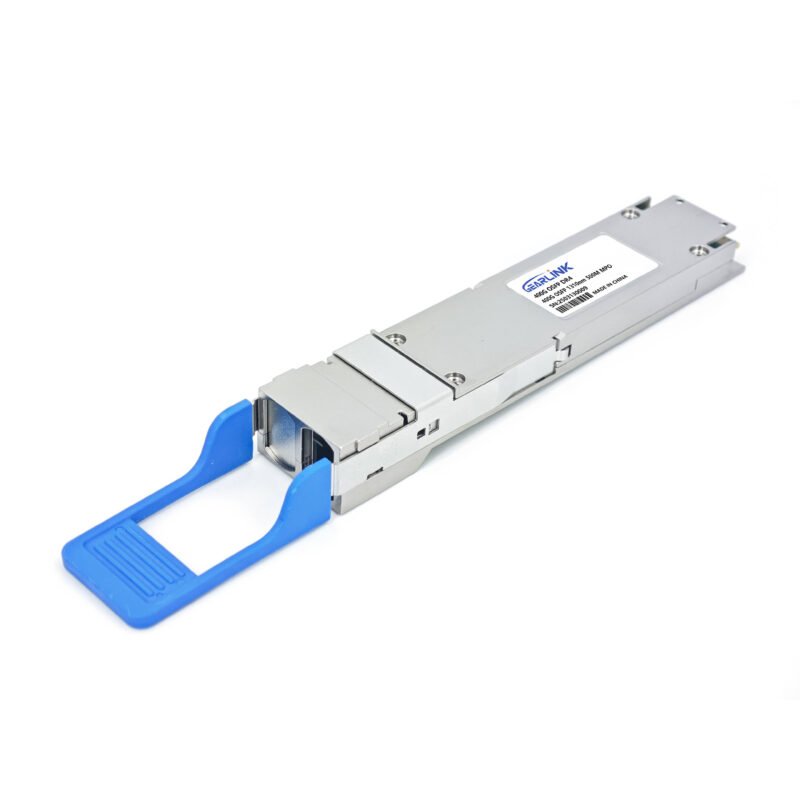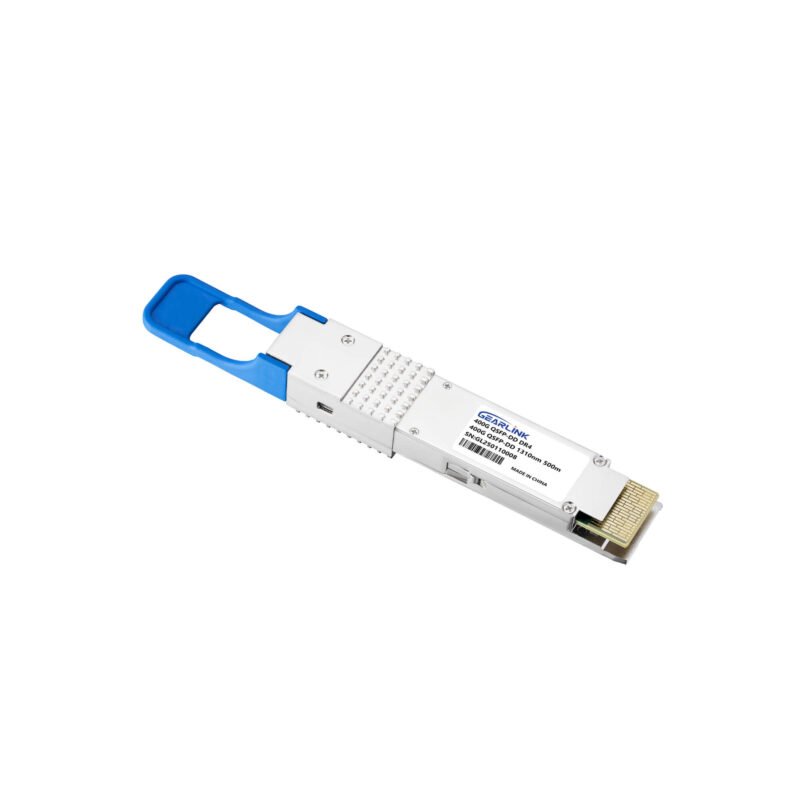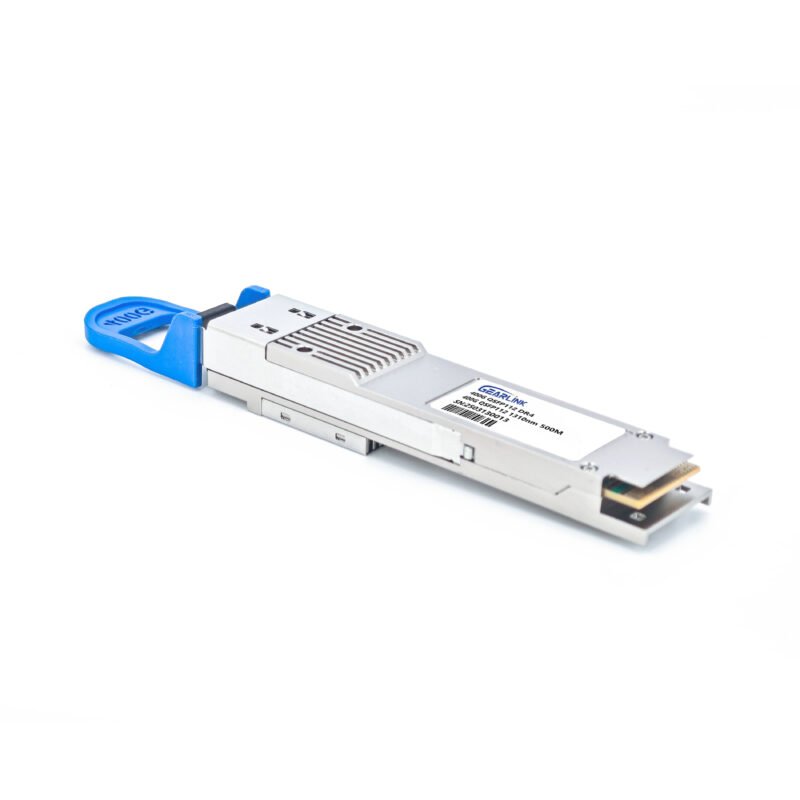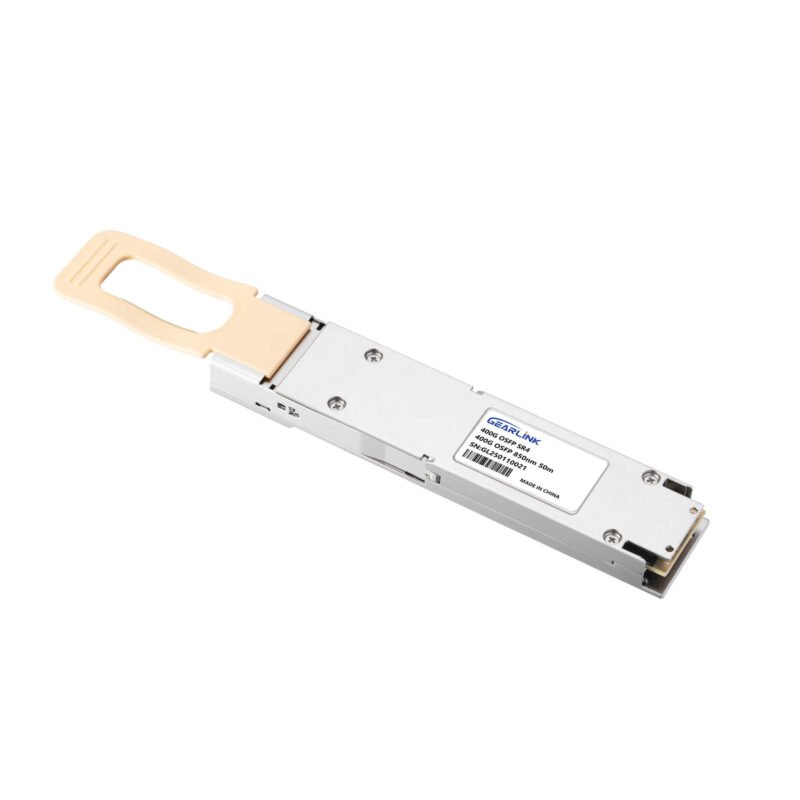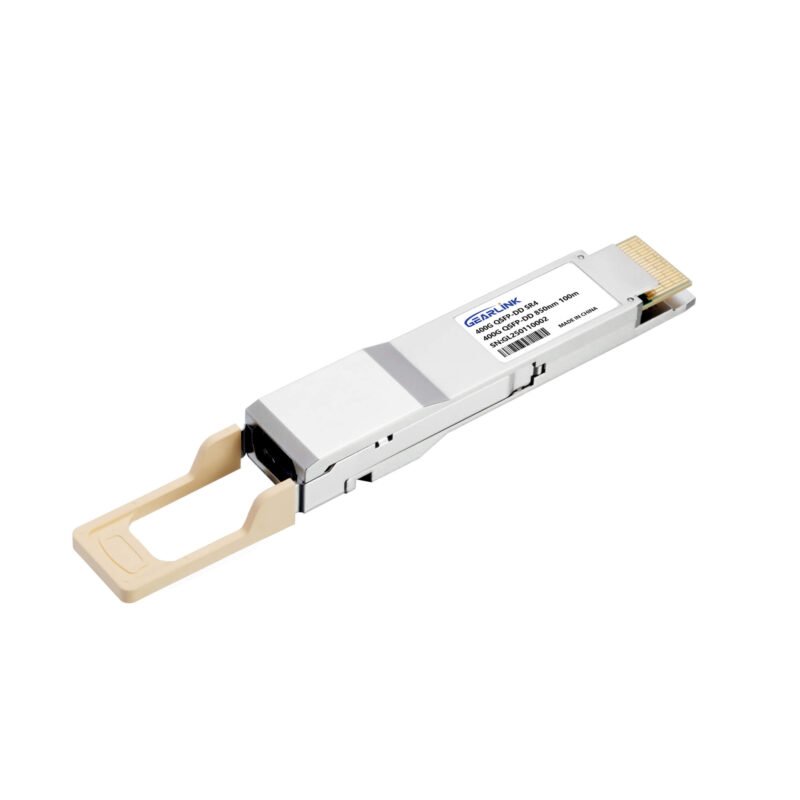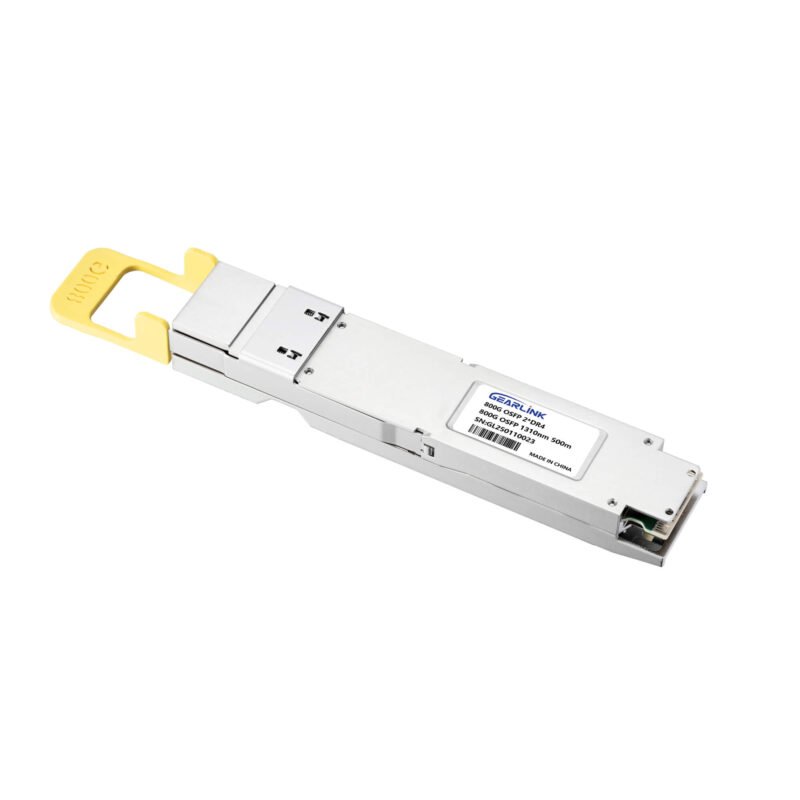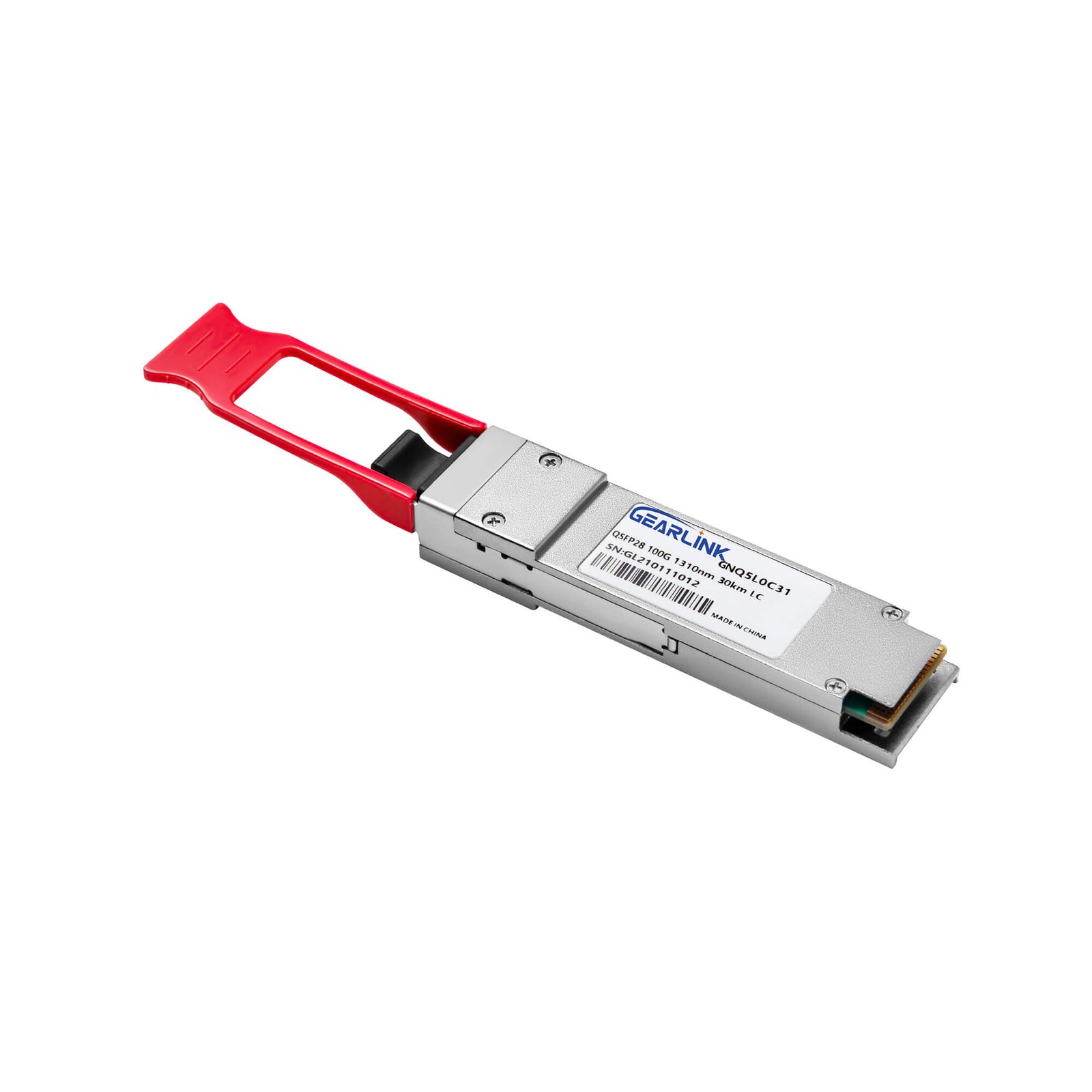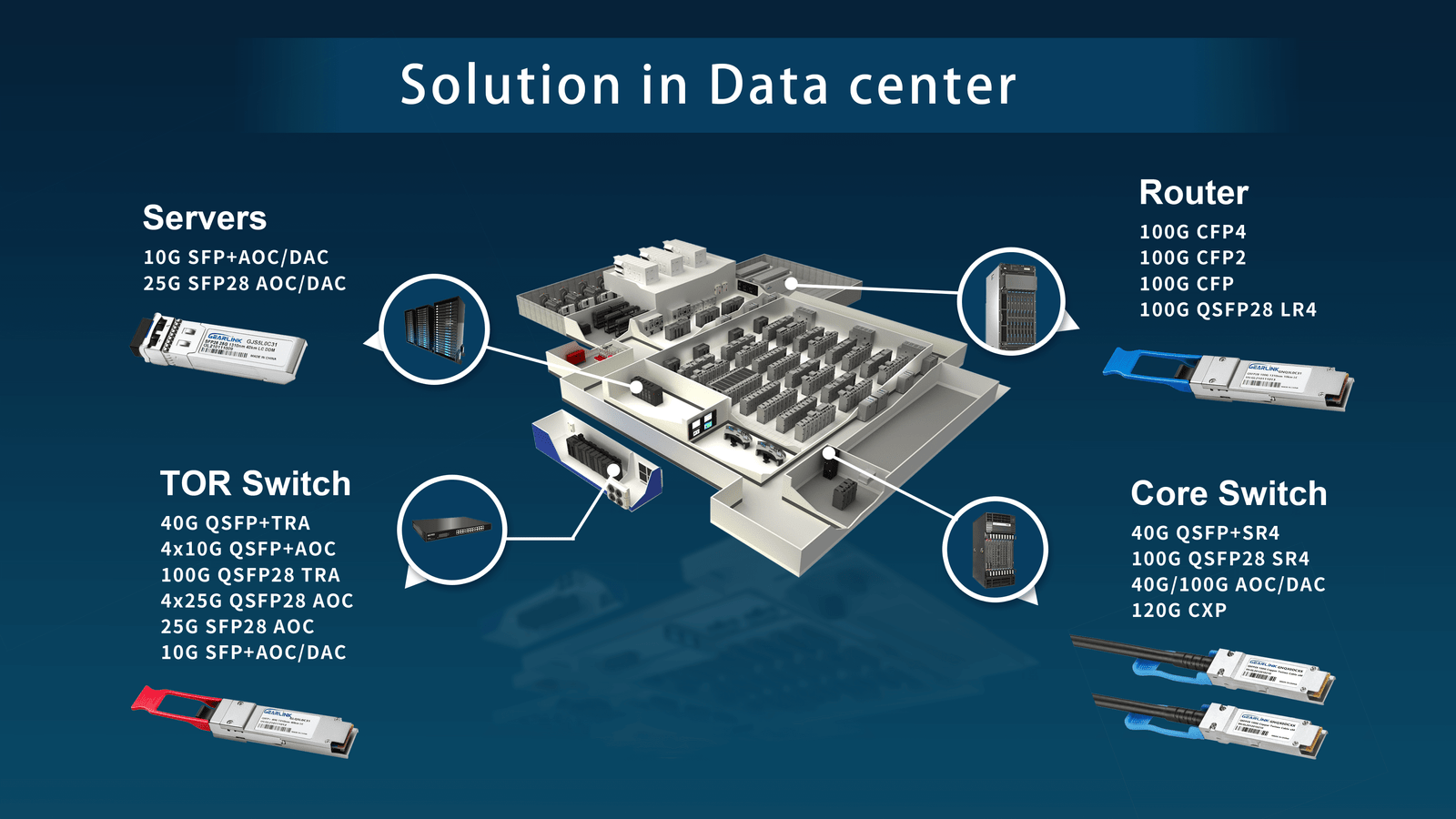Navigating the world of high-speed networking can be complex, and one of the most common points of confusion arises when comparing different types of optical transceivers. Specifically, the alphabet soup of acronyms like OSFP, QSFP, and SFP can leave even seasoned professionals scratching their heads. Each of these form factors represents a different evolution in technology, designed to meet the ever-increasing demand for faster and more efficient data transfer. Understanding their distinct features, applications, and limitations is critical for anyone building or upgrading a network, from a small enterprise to a massive data center. This guide will demystify these key technologies and help you make an informed decision.
Understanding the Fundamentals: What Defines a Form Factor?
Before diving into the specifics of OSFP, QSFP, and SFP, it’s important to grasp the concept of a form factor. In the context of optical transceivers, the form factor refers to the physical shape, size, and electrical interface of the module. It dictates the module’s compatibility with network equipment, its power consumption, and the maximum data rate it can support. The ongoing development of new form factors is driven by the need to pack more data lanes and higher speeds into a smaller, more power-efficient package.
The history of these modules is a story of continuous innovation. The SFP was an early leader, offering a compact and versatile solution for 1 Gigabit Ethernet. As speeds increased, the industry introduced the QSFP, which quadrupled the lanes and offered a pathway to 40G and 100G. Now, with the push to 400G and beyond, the OSFP has emerged as a high-density, high-performance solution. Each form factor has its own unique set of characteristics that make it suitable for specific applications.
SFP: The Original and Enduring Standard
The SFP (Small Form-factor Pluggable) is perhaps the most well-known and widely adopted optical transceiver form factor. Originally designed for 1 Gigabit Ethernet, its compact size and versatility quickly made it a standard in the industry. The SFP family has since evolved to include SFP+, SFP28, and SFP56, each supporting higher data rates.
10GBASE-ER SFP+ 1550nm 40km DOM Duplex LC/UPC SMF Optical Transceiver Module
Price range: NT$25 through NT$8010GBASE-LR SFP+ 1310nm 10km DOM Duplex LC/UPC SMF Optical Transceiver Module
NT$1310GBASE-SR SFP+ 850nm 300m DOM Duplex LC/UPC MMF Optical Transceiver Module
NT$910GBASE-T SFP+ Copper 30m RJ-45 Transceiver Module
NT$45
Key Features of SFP:
- Data Rate: The original SFP supports up to 1 Gbps. The SFP+ variant supports 10 Gbps, SFP28 supports 25 Gbps, and SFP56 supports 50 Gbps. This backward compatibility and progressive evolution have extended its lifespan.
- Size: SFP modules are relatively small and single-lane, making them ideal for applications where port density is not the primary concern but space is still a factor.
- Applications: SFP and its variants are ubiquitous in enterprise networks, campus backbones, and in connecting servers to switches. They are the workhorse for many network administrators for their simplicity and reliability.
QSFP: The Quad-Lane Powerhouse
As demand for higher bandwidth exploded, the industry needed a solution that could handle more data. The QSFP (Quad Small Form-factor Pluggable) was the answer. Its key innovation was the ability to carry four independent lanes of data, significantly increasing the total throughput.
400GBASE-DR4 OSFP PAM4 1310nm 500m DOM MPO-12/APC SMF Optical Transceiver Module
Price range: NT$699 through NT$799400GBASE-DR4 QSFP-DD PAM4 1310nm 500m DOM MPO-12/APC SMF SiPh-Based Optical Transceiver Module
NT$499400GBASE-DR4 QSFP112 PAM4 1310nm 500m DOM MPO-12/APC SMF Optical Transceiver Module
Price range: NT$669 through NT$799400GBASE-SR4 OSFP 850nm 50m DOM MPO-12/APC MMF Optical Transceiver Module
Price range: NT$499 through NT$898400GBASE-SR4 QSFP-DD PAM4 850nm 100m DOM MPO-12/APC MMF Ethernet Optical Transceiver Module
NT$419
Key Features of QSFP:
- Data Rate: The QSFP family includes QSFP+ for 40 Gbps (four 10G lanes) and QSFP28 for 100 Gbps (four 25G lanes). This four-lane design is a major advantage. More recently, QSFP56 has emerged for 200 Gbps, and QSFP-DD (Double Density) has been developed to double the lane count to eight, enabling 400G and 800G speeds.
- Size: The QSFP form factor is slightly larger than the SFP but offers a significant increase in bandwidth for its size, making it a popular choice for high-density applications.
- Applications: QSFP modules are the go-to choice for data center interconnects, hyperscale computing environments, and telecommunication networks where high bandwidth is a necessity. They are essential for connecting switches and routers at high speeds.
OSFP: The Next Generation for Extreme Speeds
The race for higher speeds did not stop at 400G. As networks began to require even more bandwidth, a new form factor, the OSFP (Octal Small Form-factor Pluggable), was introduced. The “Octal” in its name signifies its ability to handle eight high-speed electrical lanes.
800GBASE 2 x DR4/DR8 OSFP PAM4 1310nm 500m DOM Dual MPO-12/APC SMF Optical Transceiver Module
Price range: NT$1,699 through NT$1,768
Key Features of OSFP:
- Data Rate: OSFP was primarily developed to support 400 Gbps and 800 Gbps applications. It achieves these speeds by using eight lanes, with each lane operating at 50 Gbps for 400G and 100 Gbps for 800G.
- Size: The OSFP module is slightly larger than the QSFP form factor. This larger size is necessary to accommodate the additional electrical lanes and the more sophisticated thermal management required to handle the higher power consumption.
- Applications: OSFP is the ideal solution for next-generation data centers, cloud service providers, and high-performance computing clusters that require extreme bandwidth. It is also well-suited for high-density front panel applications where maximum throughput is needed in a constrained space.
A Side-by-Side Comparison: OSFP vs. QSFP vs. SFP
| Feature | SFP | QSFP | OSFP |
| Data Lanes | Single lane | Four lanes | Eight lanes |
| Max Speed | 1G (SFP), 10G (SFP+), 25G (SFP28) | 40G (QSFP+), 100G (QSFP28) | 400G, 800G |
| Size | Smallest | Small | Largest |
| Power | Lower | Medium | Higher |
| Primary Use | Enterprise, LAN, FTTX | Data Center, Telecom | Next-Gen Data Center, HPC |
Choosing the right module depends entirely on your specific network needs. For traditional enterprise networks, an SFP or SFP+ will likely suffice. For modern data centers requiring 100G connectivity, the QSFP is the current standard. And for forward-looking networks built for 400G and beyond, the OSFP offers the necessary performance and scalability.
It is important to note that while some switches may support multiple form factors through adapters or specific port configurations, you cannot simply swap a module between different form factor ports. Each form factor has a unique electrical and mechanical interface.
The Path Forward: Making the Right Choice for Your Network
The choice between OSFP, QSFP, and SFP is not just about speed. It is also a question of future-proofing, power consumption, and thermal management. As speeds increase, so does the heat generated by the modules. The OSFP form factor’s larger size is a direct response to this challenge, incorporating more robust thermal management features.
When planning your network, consider the following:
- Current Needs: What is the required bandwidth for your applications?
- Future Growth: How much do you expect your bandwidth needs to grow over the next few years?
- Cost vs. Performance: While newer form factors offer higher performance, they often come at a higher cost.
Ultimately, each of these form factors serves a vital and distinct purpose in the networking ecosystem. By understanding the core differences and applications of OSFP, QSFP, and SFP, you are better equipped to build a reliable, efficient, and scalable network that meets both your current demands and future challenges.
FAQ
Q1: Is OSFP backward compatible with QSFP? A1: No, an OSFP module cannot be directly plugged into a QSFP port. They have different physical sizes and electrical interfaces. However, some switches with OSFP ports may support a special adapter that allows a QSFP module to be used, albeit at lower speeds.
Q2: Which one is more power-efficient, SFP or QSFP? A2: A single SFP module is typically more power-efficient than a single QSFP module. However, if you compare the power consumption per bit, a QSFP module operating at a higher speed can be more efficient than multiple SFP modules used to achieve the same total bandwidth.
Q3: Why are there two different form factors for 400G (OSFP and QSFP-DD)? A3: The existence of both OSFP and QSFP-DD for 400G is a result of industry competition and different design philosophies. OSFP is slightly larger and was designed with an emphasis on thermal performance for a future-proof solution. QSFP-DD, on the other hand, maintains the familiar QSFP form factor, which appeals to network operators who want to leverage existing infrastructure and port density.
Q4: Can I use a single-mode SFP+ module with a multimode QSFP+ module? A4: No, you cannot. A single-mode module uses a specific wavelength and is designed for single-mode fiber, while a multimode module uses a different wavelength and is designed for multimode fiber. The fiber types and the transceivers must match for a connection to be established.
